Rooted in Neurodevelopment
Everything we make, each card, each guided lesson plan, everything is grounded in the science of development. We're not just giving you our opinions. We're giving you what neuroscience says we need to give our students.
There is a paradigm shifting research article written by Mary Helen Immordino-Yang and colleagues that sums this all up. The findings in this paper will rock the world of traditional education.
She and her team have organized learning, neurodevelopment, and “nurturing emergent developmental potentials” into five key domains.
- We Choose, Change, & Embody: Humans are living, dynamic systems with agency
- Embedded in Culture: Culture frames our behavior and sense of meaning/purpose
- Group-Dependent: Humans develop with and in response to those around us
- Interest-Driven: Development is self-organized via environmental engagement/learning (not predetermined by genes)
- Repetition & Support: Learning is dynamic and context-dependent
Law 1: We Choose, Change, & Embody
Humans are living, dynamic systems with agency. What this means is that we not only have the capacity to choose (agency) but how we think and how we feel are interwoven. Our brains and bodies become physically structured because of how we think and feel, the choices we make, and what we experience in the world.
Throughout our lives, we have different biologically-driven developmental needs. Like when we’re babies, we need to move, receive loving care, be part of a family to learn language, and more. When we’re adolescents, we need to try on different careers and ideas by completely embracing them and then throwing them away like partially eaten fruit. Our quests to respond to these drives at each developmental stage in our lives, changes the way our brains and bodies form. And, they change our developmental trajectory.

You can think of this in terms of being overtired. We know that we are overtired, but instead of resting, we drink more coffee. This has physical implications in the body. We don’t get enough rest which means by-products of metabolism build up in our brains; those by-products may be related to the development of dementia. So, by making the choice to repeatedly ignore our physical needs, we are changing our brains.
The truth is that we are always changing, body, mind, and soul, based on our choices and our experiences in the world. So, we need to be mindful about this change and aim to give ourselves as many skillful experiences as possible. Our bodies will embody the results.
What does this mean for teachers? That we have to create an inviting space that inspires our students to use their agency, their need to direct their own development, in skillful ways. We set up our shelves so they are beautiful, logically organized, and inviting. We show our students how to do activities that deepen their knowledge and connect it with their lives beyond the classroom. We allow them to rest when they need to rest and to eat when they need to eat. We help them recognize that these bodily needs matter and can be honored while still respecting a culture of learning.
The way we establish our classroom culture will directly affect the physical structure of our students’ brains.
Law 2: Embedded in Culture
We are social creatures. Evolution has made us this way because being social helps to ensure our survival. As you might expect, a large part of our brain, the social network, is dedicated to processing social interactions. The brain is trying to understand, predict, and respond to social behaviors all day long. And in each culture, from country-to-country, home-to-home, and school-to-school, we have different norms that guide our behaviors. We adapt to these norms. Our culture frames our understanding of how to “be,” what matters, and what our purpose is in life.

And these culturally specific behaviors create different patterns of neural activity, different neural networks in our brain. There is a field of science dedicated to this known as cultural neuroscience.
As teachers and parents, we are creators of culture. The way we navigate the daily patterns of arriving, choosing our activities, preparing food, eating food, asking questions, offering help, etc. These ways of being produce physical changes in our brains.
Would you like to develop in a culture of light-heartedness and deep interest in knowledge or one of strict following of rules and everyone doing the same thing at the same time? How do you think these different cultures might influence the developing brain? Will they create strong foundations for future growth or be limiting?
If we have roles models that embrace joy and curiosity and have a friendly attitude towards error, we are likely to embody those principles. All of our learning materials and the way that we present them to the children can reflect this. We don’t have to switch from “teaching” to “enjoying.” They can, in fact, be one and the same.
Law 3: Group-Dependent
We grow together, dynamically, based on how we make sense of the world individually and in groups. What and how we decide things will work as a group, dramatically influences how individuals within that group can develop. But that development is not simply a sum of the parts. It is something new and bigger than any one part alone.

This is particularly relevant when considering equity. Schools that are under resourced have a different physical influence on development than schools that are privileged. But we can’t necessarily predict what those differences will mean. It could be that the under resourced schools have leaders who are resourceful, who have their eyes on development rather than academics as the goal, who are innovative in supporting student agency. What results developmentally, will be much larger than “students in an under resourced school.” A new, larger whole will emerge.
We grow in relationship to those around us. We are interconnected. How we develop the culture of our groups will change not only each of us individually, but the trajectory of the group as a whole.
Law 4: Interest-Driven
Learning is not simply the acquisition of knowledge. Learning physically changes our beings. It changes our current and future potential. It arises not just from what we individuals’ study, but from the time, place, and group in which we exist.
We grow and change over time as a result of our choices and experiences. Our interests naturally change throughout our lifespan. These interests are driven by everything that has happened to us before but also by the culture and groups in which we live and learn. They emerge and cause us to become focused on certain areas of inquiry. We self-organize.
This is why we must create learning environments that promote inquiry and allow students to choose their work. But they are not free to choose to swing from the chandelier or jump on top of the shelves. They are free to make choices that we have offered them, from within our classroom culture. Those choices can be limited or dynamic.
For example, we can show the children how to use 3-part cards. They’re interested in sports so we show them the Sports Equipment 3-part cards. They can read the names of pieces of sports equipment and then match them to pictures. They check their own work, to see if they’re right, by using the control card.

But this doesn’t have to be the end of the activity! If we have created a culture of inquiry, of agency, and of possibility, we can inspire the children to go further. Maybe our cards don’t include all of the sports that interest them. But maybe you have made materials before, in front of your students, as part of your work in the classroom. So you can suggest that they might want to make their own cards. You empower them. Card making then becomes meaningful work for them. They have to determine which items they’ll feature, which may entail research. They have to find a way to visually represent those items. They have to find out how to spell each term.
We can create a culture of inquiry, wonder, and possibility. Libertas School in Memphis uses the phrase, “Wonder, work, and love.” This supportive, nurturing culture frees our students to see the magic in the world, to try and make sense what happens, and to find purpose in their existence.
Law 5: Repetition & Support
What we learn is not stable. It is dynamic. Sometimes we get it and sometimes we forget it. This is normal. This is what it means to have dynamic growth. We construct our knowledge and then it, predictably, falls apart a little bit. So, we reconstruct it and then, again, some of it falls apart. So, we reconstruct it. We continue in this manner until we achieve mastery of whatever skill or concept we are learning.
We need to apply our knowledge again and again and again. This is how we construct our knowledge. When we have support, things that remind us of what we’ve learned, they boost our ability to put it all back together again so it makes sense, so it works.
Our classrooms create physical supports or scaffolds for our students. The way we organize the materials on the shelves, for example, reminds them of what comes first and what comes next. The way the learning materials themselves are self-correcting, helps them find their own errors, and fix them. When they do, they are reconstructing their knowledge and helping it to become more stable.

Rooted in Neurodevelopment
These principles guide everything we do at Maitri Learning. We have designed our materials and learning guides to reflect all of these principals and more because they are rooted in the neuroscience of how the brain and body develop.
This is why we’re always telling you to set up your shelves so they are just gorgeous and organized, going from least to most complex. This is why we say you should isolate the one thing you are teaching and allow the children opportunities to repeat everything as much as they like, alone or with a friend. This is why we say you must find the children’s interests and help them follow them.
This news is very encouraging! It reminds us that we can enjoy teaching and guiding every day and we can share that joy with our students. And when we do, we all flourish.
We’d love to hear your thoughts on this. How have you lived this in your learning space, in your home, in your own life? And now that you have this knowledge, what are you going to do with?
Join the educational revolution. Don’t just teach, guide.
Reference:
Immordino-Yang, M.H., Suad Nasir, N., Cantor, P., & Yoshikawad, H. (2024). Weaving a Colorful Cloth: Centering Education on Humans’ Emergent Developmental Potentials. Review of Research in Education (In press).
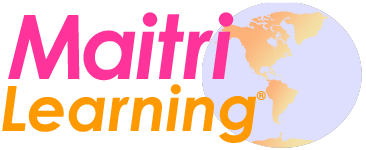
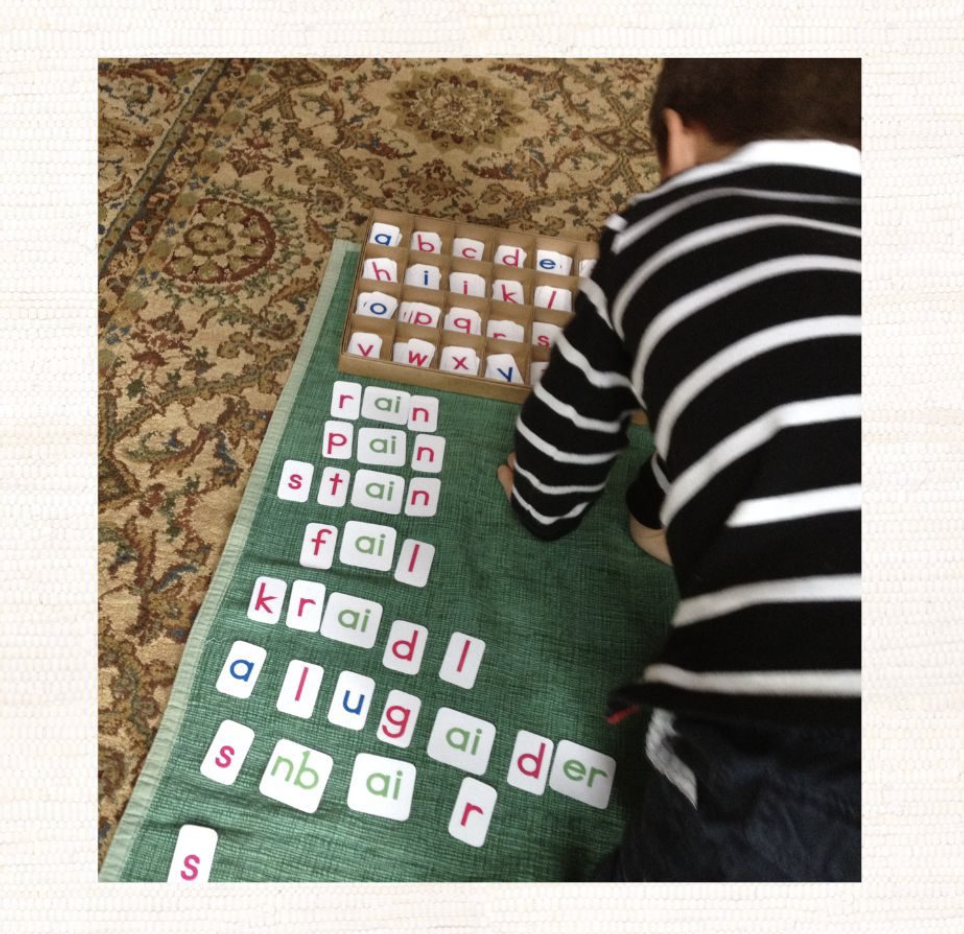
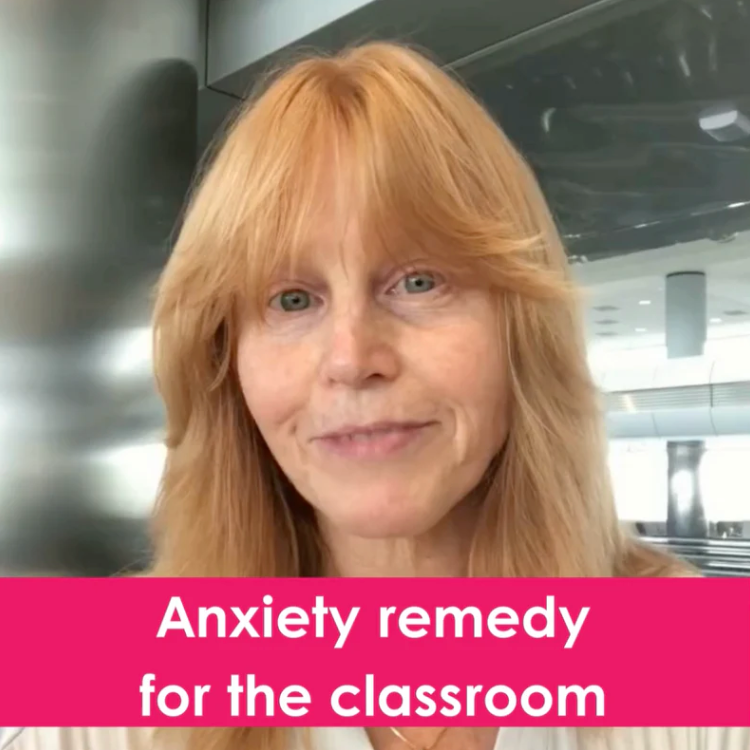

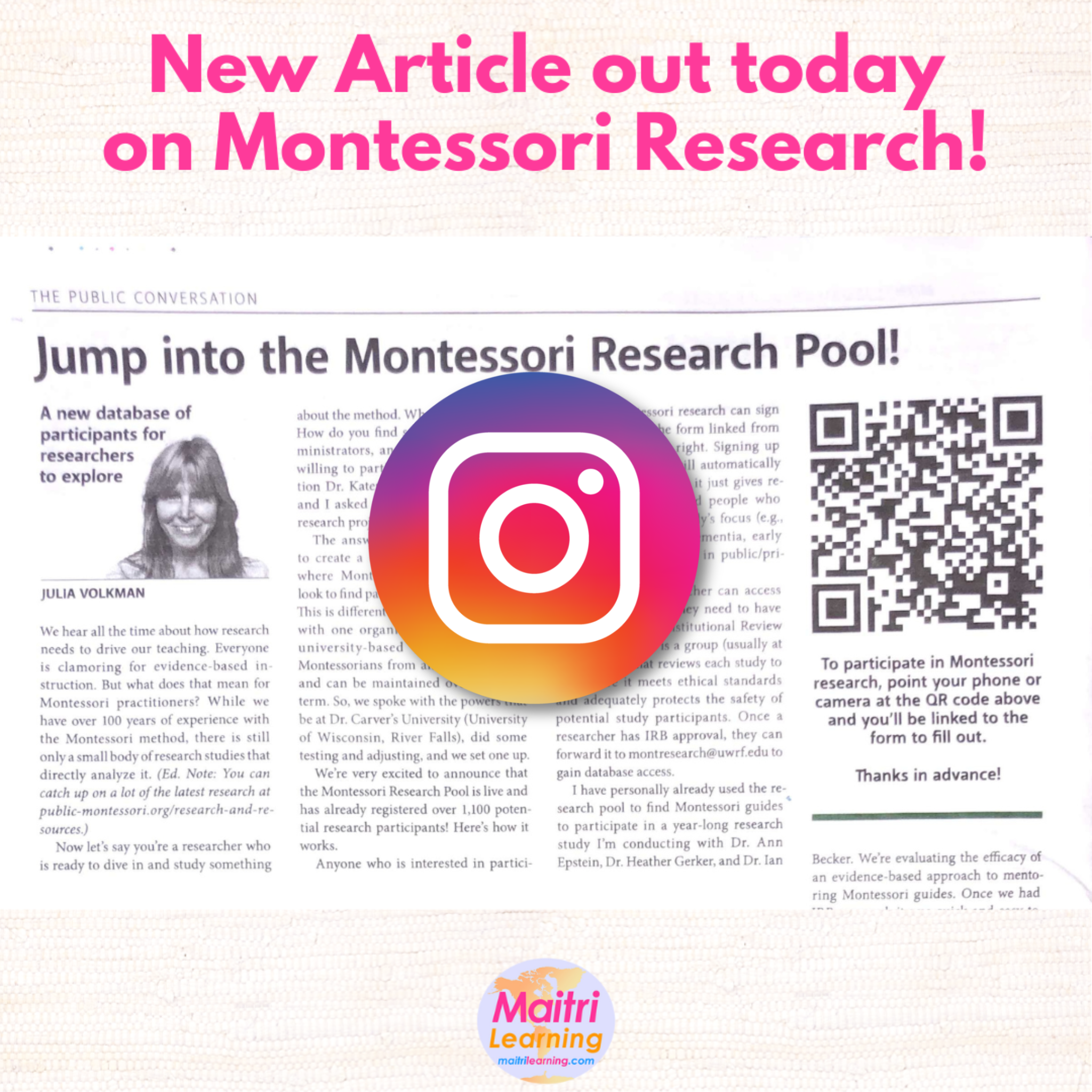


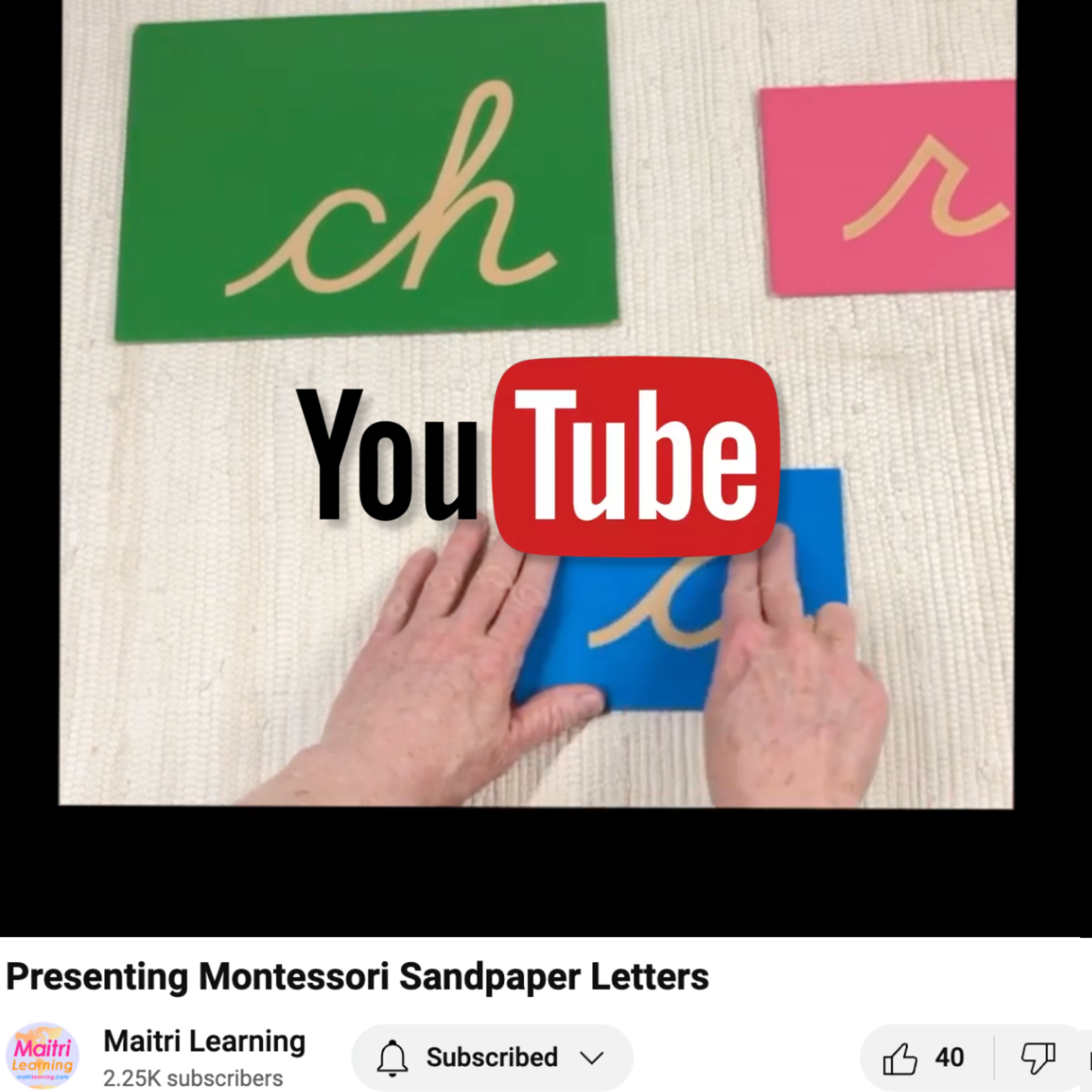
Leave a comment
This site is protected by hCaptcha and the hCaptcha Privacy Policy and Terms of Service apply.